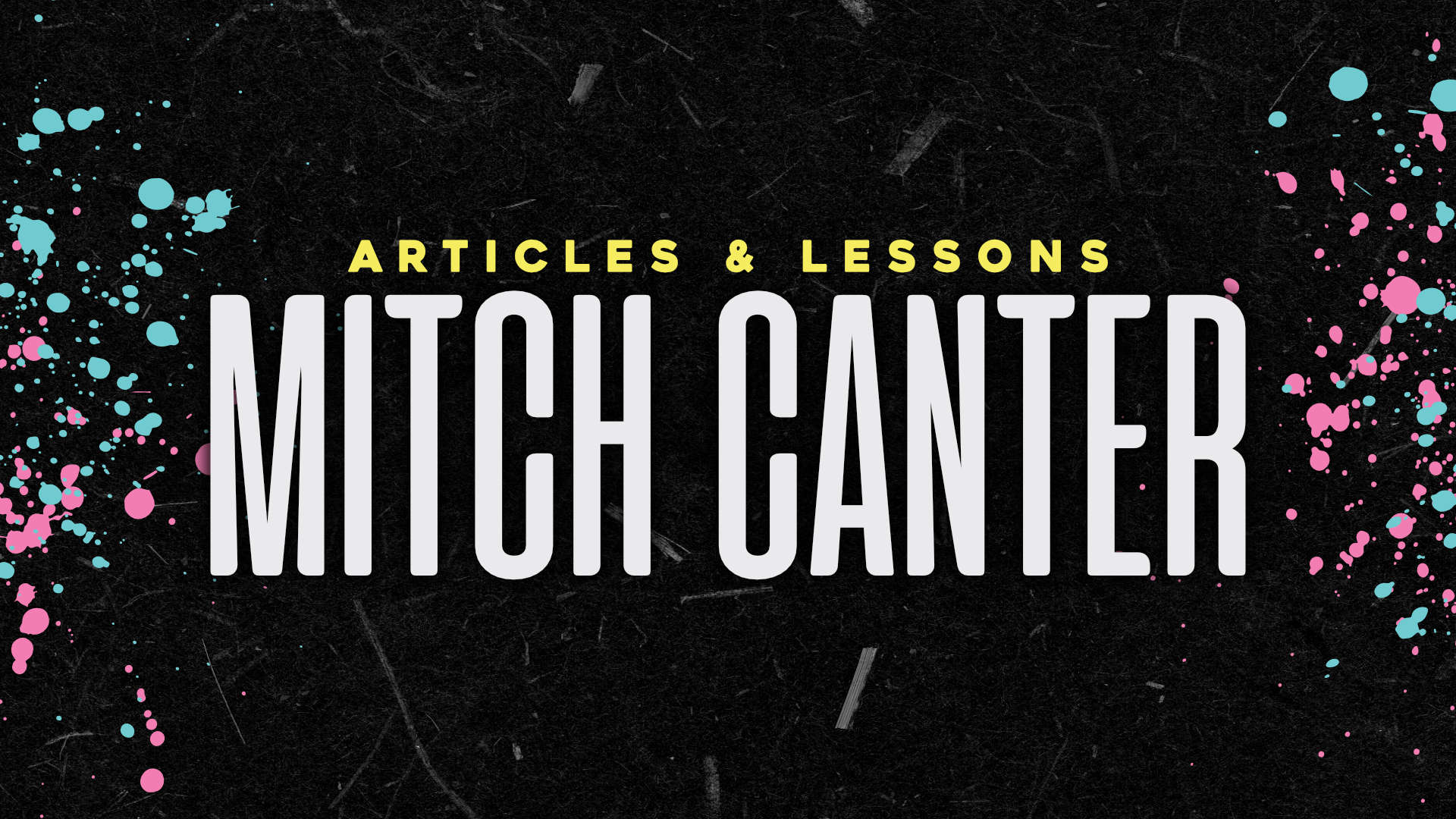Sometimes the best way to reach a mass of new clients is by using transactional email. It’s easy to send and people check their email every day (or every hour… or every minute – yes I know some people that do!), so you know that people will get it (providing it doesn’t end up in someone’s spam folder). But, did you know that designing an email is… well, completely opposite of designing a Web Layout? Forget everything you’ve learned, and prepare to relearn everything you’ve been told to forget.
1) Coding
Remember those people who told you that CSS is the only way to go? When you talk about web layouts, that’s very true (and a philsophy I swear by). But when it comes to an HTML email, don’t listen. You have to use tables to design and send an HTML email. The old school methods of using tables are still here to stay. You don’t want to make the template too big either. 450 pixels is pretty good for an email as it gives plenty of room to display the text and images you want to show while also leaving room for an Outlook sidebar. Also, don’t use CSS shorthand – use long form. Finally, make sure your style is all inline instead of declaring it in the <head> tag.
2) Display
Yes, it’s true that different browsers interpret code differently, but some email clients don’t even show the code at all. Make sure you’ve got a plain text version of that email lined up somewhere for people who can’t see the images or are unable to download the images (typically a problem in Outlook if it ends up in someone’s spam folder).


